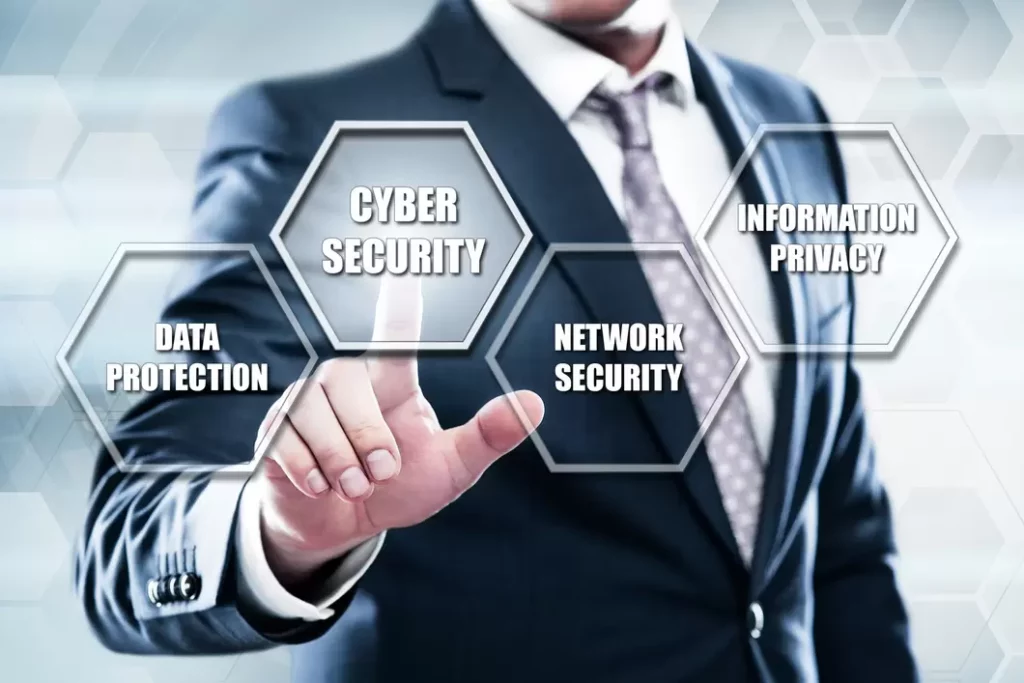10 Most Important Components of Your IT Infrastructure Checklist

Infrastructure assessment checklists offer a systematic way to evaluate your current hardware, software, and other IT elements to ensure they’re in the best working condition possible. This checklist can be used to guide you through each stage of your technology journey.
Having a comprehensive checklist allows you to identify inefficiencies or risks present in your system. It helps you chart a clear path to necessary upgrades, which makes it a valuable tool for small- to midsize organizations that need to work within tight financial parameters. The checklist below covers the essential components of an IT infrastructure, ensuring stability, security, and scalability for an organization’s technology needs.
- Hardware:
- Servers: Including physical servers, virtual servers, and cloud-based servers.
- Network devices: Routers, switches, firewalls, and load balancers.
- Storage devices: SAN (Storage Area Network), NAS (Network Attached Storage), and local storage.
- End-user devices: Desktops, laptops, tablets, smartphones, printers, and peripherals.
- Software:
- Operating systems: Windows, Linux, macOS, etc.
- Middleware: Application servers, web servers, database management systems (DBMS), messaging systems.
- Business applications: Enterprise Resource Planning (ERP), Customer Relationship Management (CRM), productivity suites, and custom applications.
- Security software: Antivirus, anti-malware, firewalls, intrusion detection/prevention systems (IDS/IPS), encryption software.
- Networking:
- Internet connection: Broadband, leased line, or fiber optic connection.
- LAN (Local Area Network) setup: Ethernet switches, wireless access points, VLANs (Virtual LANs).
- WAN (Wide Area Network) setup: Routers, VPN (Virtual Private Network) connections, MPLS (Multiprotocol Label Switching) networks.
- Network monitoring and management tools: SNMP (Simple Network Management Protocol), NMS (Network Management System).
- Data Management:
- Databases: Relational databases (MySQL, PostgreSQL, SQL Server), NoSQL databases (MongoDB, Cassandra).
- Data backup and recovery solutions: Regular backups, offsite backups, disaster recovery plans.
- Data storage and archiving: Tiered storage, object storage, data deduplication.
- Security:
- Identity and access management (IAM): User authentication, authorization, and access control.
- Endpoint security: Antivirus software, endpoint detection and response (EDR).
- Network security: Firewalls, intrusion detection/prevention systems (IDS/IPS), VPNs.
- Security policies and procedures: Regular security audits, employee training, incident response plans.
- Monitoring and Management:
- System monitoring: Performance monitoring, resource utilization monitoring.
- Incident management: Ticketing systems, IT service management (ITSM) tools.
- Configuration management: Configuration databases, version control systems.
- Patch management: Regular updates for operating systems, applications, and firmware.
- Cloud Services (if applicable):
- Infrastructure as a Service (IaaS): Compute instances, virtual networks, storage.
- Platform as a Service (PaaS): Development frameworks, databases, middleware.
- Software as a Service (SaaS): Email services, productivity suites, CRM.
- Backup and Disaster Recovery:
- Backup solutions: On-premises backups, cloud backups, incremental backups.
- Disaster recovery planning: Business continuity plans, failover mechanisms, data replication.
- Documentation and Policies:
- Network diagrams: Topology diagrams, IP addressing schemes.
- System documentation: Configuration details, troubleshooting procedures.
- IT policies: Acceptable use policies, data retention policies, security policies.
- Support and Maintenance:
- IT helpdesk: Ticketing system, service level agreements (SLAs), user support.
- Vendor support contracts: Maintenance agreements, support subscriptions.
- Regular maintenance tasks: Patch management, hardware upgrades, performance tuning.
Use this checklist as a starting point to achieving a robust and efficient IT infrastructure. If you find yourself missing elements, reach out to discuss how we can fill in the gaps so you can rest assured that you have covered all the bases.
